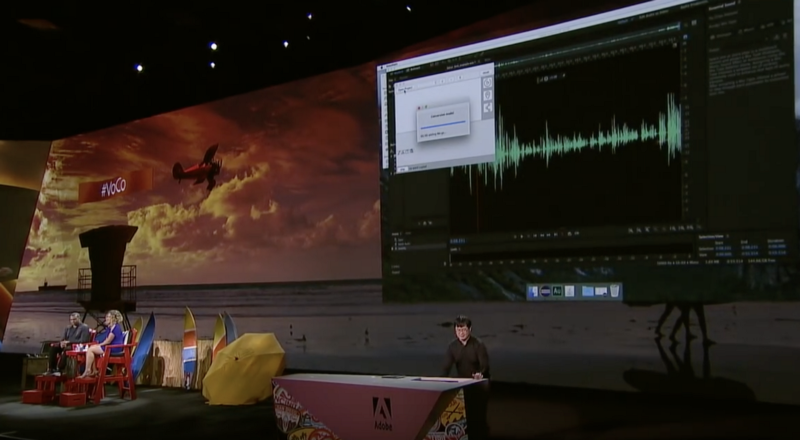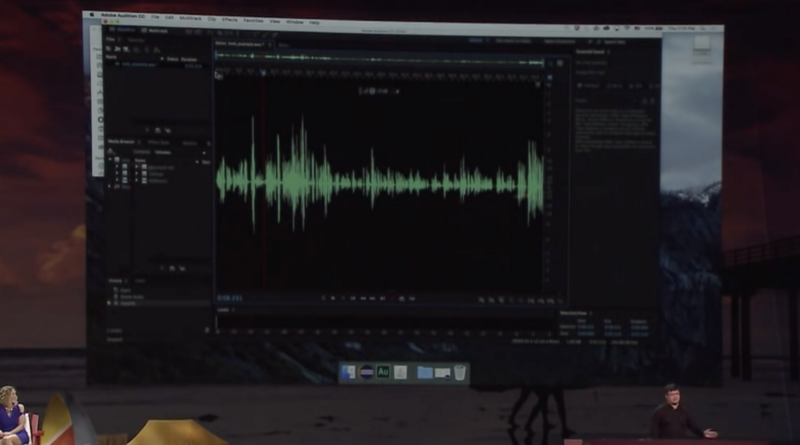When Adobe Photoshop first debuted, it looked like magic. The ability to seamlessly alter photos gave graphic designers a life-changing tool, but it wasn’t long before users started to use the product for more nefarious purposes. As recently as last year, for example, a photo of NFL player Michael Bennett of the Seattle Seahawks appearing to be holding a burning flag in the team’s locker room went viral, even though it had merely been Photoshopped.
By now, Photoshop (and “Photoshopping,” it’s adapted verb version) has become shorthand for speaking about any manipulated photo. The way the term has woven itself into our everyday language demonstrates how widespread our understanding that images can be easily digitally manipulated has become. People are often willing to point out and accept that a photo has been altered. (Though, as the Bennett photo demonstrates, there are still exceptions to the rule, and many who are still fooled.)

What happens when Photoshop (or programs like it) becomes so advanced that it’s nearly impossible to spot a fake? What if there wasn’t a way to easily point out that something had been doctored or substantially altered because only a minority of people knew the manipulation was even possible? This is the case with Adobe VoCo, a program that allows users to edit voices — and not just the pitch or speed, but also what someone has said. Beyond just rearranging words in a voice recording, Adobe VoCo can make a person “say” something they never said at all.
Demonstrated in late 2016, the program is billed as “Photoshop for voice,” and part of the demonstration showed how to alter a voice recording of Keegan-Michael Key, of Key & Peele fame. It seamlessly shifted the order of words within the recording, in addition to adding new words to it.
In a matter of minutes, “I kissed my dogs and my wife” became “I kissed Jordan three times.”
The quality of the alteration, unlike more rudimentary methods of manually splicing vocal recordings, can make it hard to catch. The recording was changed merely by uploading the clip into VoCo, which then displayed the words being said under the vocal recording. All the user has to do is move words around or type in additional ones.

